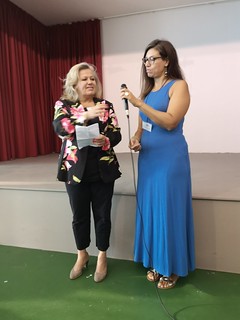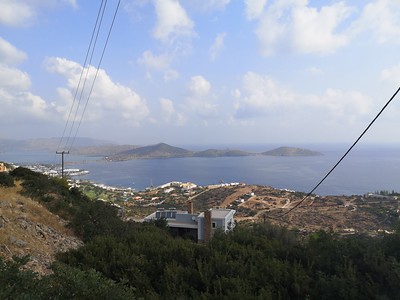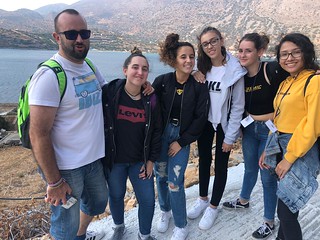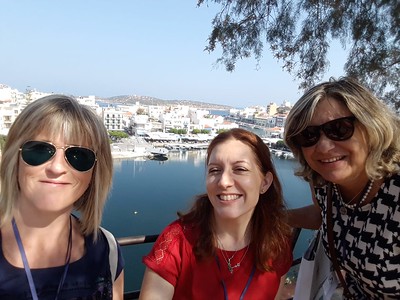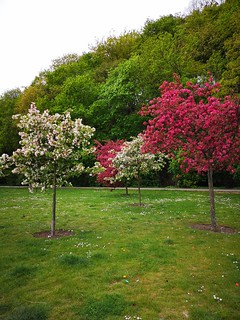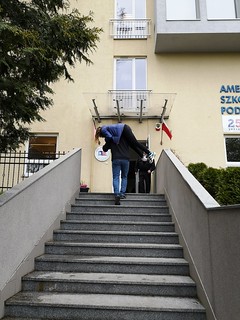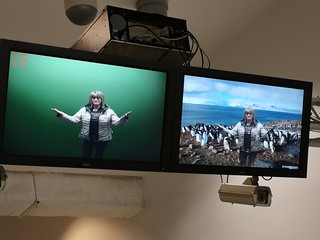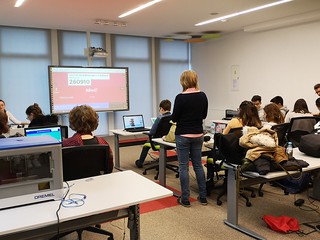During this short-term exchange, the hosting partner showed the other participants the most interesting and significant features of the cultural heritage of, primarily Gdynia, but also Sopot and Gdańsk, which together comprise the three cities of Trojmiasto. Participants learned about the cultural heritage of the three cities through visits and workshops based on the five senses. Sight and touch were the focus as they were the two senses directly related to the primary tasks, the presentations about each partner city, and the design workshop to create the designs for each partner’s Board Game tokens.
Before the mobility each partner had prepared a presentation about their city’s relationship to the sea and the role it plays in people’s lives. The Gdynia students contacted the partner students (via messaging platforms and phone) to establish their relationships prior to their arrival in Gdynia. The Gdynia team prepared an instructional video with a glossary of Polish words and everyday expressions (written and acted out in both Polish and English) that was shared with the other partners prior to their visit to Gdynia. The Polish team also prepared a set of 20 unique and distinctive questions about Gdynia, and to make it more interesting for students, the questions were used in an online ‘Kahoot’ game-questionnaire about Gdynia for the other partner students. The Gdynia team prepared three workshops: a) an ice-breaker team-building workshop for all partner students; b) a design workshop (learning objectives, methodology, teaching plan, resources, equipment - a 3D printer, evaluation and outputs), and c) a ‘sense your city’ workshop at Gdynia’s InfoBox that focused on the design of space and architecture, both looking back into the past and into the future. The Gdynia team created new cooperative relationships with key institutions in the city, especially the Port of Gdynia, the Gdynia InfoBox (the centre of exploring the possible urban design futures for Gdynia), Gdynia Cultural Centre, and the Promotional Office of City Hall.
During the mobility:
Day 1: Welcome to the school for all partners. Getting to know you ‘ice-breaker’ workshop with a native English speaker in the School. Planning meeting for the teachers from the partner schools. Tour of the school. Presentations by students from each of the four schools, on the topic of their own city and its relationship to the sea, told through the five senses. Design workshop to develop the designs for each school’s playing token for the Board Game. The workshop included learning and realising design principles to reflect and express the uniqueness of each school’s city and understanding how to realise their selected design through CAD drawing and then 3D printing.
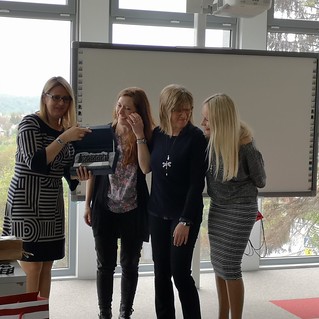
Day 2: Guided tour of Gdynia’s distinctive art deco architecture with a local guide, with an emphasis on experiencing architectural interiors through all five senses. Experiencing the diversity of the traditional Polish ‘dumpling’ (pierogi) during lunch. Workshop on the architecture and urban design, focusing on the city’s past, present and future projects , using the resources of the Gdynia InfoBox, which include models and displays of possible futures, architectural and design elements for investigating through sight and touch, a viewing platform with vistas of the city and a high quality work-book.
Day 3: A walk on the beach and small wooden ‘molo’ (pier) at Gdynia Orłowo, one of the beach districts of the city. A guided visit to the Port of Gdynia with a presentation on the importance of the port for the economy of Poland. During the visit, the Erasmus+ schools combined with a visiting group of university students from naval academy in Germany, thus further expanding our students’ experience of the diversity of EU citizenship. A guided Cruise around the Port’s waterways. Lunch at the Gdynia Cultural Centre especially prepared for our group. Visit to the Gdynia Museum of Immigration with a workshop on the Polish maritime diaspora which began very soon after the early 20th century birth of the Port of Gdynia, and which included many famous cultural figures.
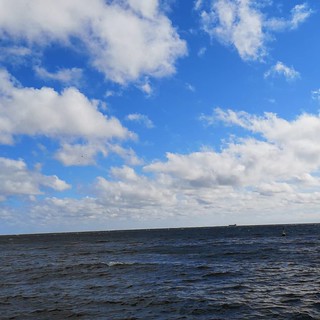
Day 4: This day’s activities took students to Gdynia’s neighbouring cities (TriCity). Visit to Gdańsk, including the Amber Museum (amber is a distinctive treasure of the Baltic Sea); a walk through the Old Town which has a Renaissance street plan and features many Gothic, Renaissance and Baroque buildings; and an introduction to the Astronomical Clock in the Gothic St. Mary’s Church. A walking tour of Sopot, which is known as the premier Spa Town of northern Poland and features Secessionist architecture and the longest wooden pier in Europe.
Day 5: Students participated in lessons at the American Elementary School in Gdynia while teachers from the partner schools had a meeting to discuss the mobility. Visit to Gdynia’s Science Centre ‘Experiment’ for science discovery experiences involving all five senses. Closing event and the awarding of Certificates of Participation to all students and teachers – this ceremony also involved the many parents and students who had hosted visiting schools.
Day 6: Students completed the Mobility Evaluation questionnaire (Survey Monkey), and Kahoot competition with the 20 questions regarding distinctive and unique aspects of Gdynia. Design Workshop (part 2) on 3D CAD design and how to use a 3D printer. Video recording the visiting partner students using the Polish glossary in their interactions with the Polish students.
